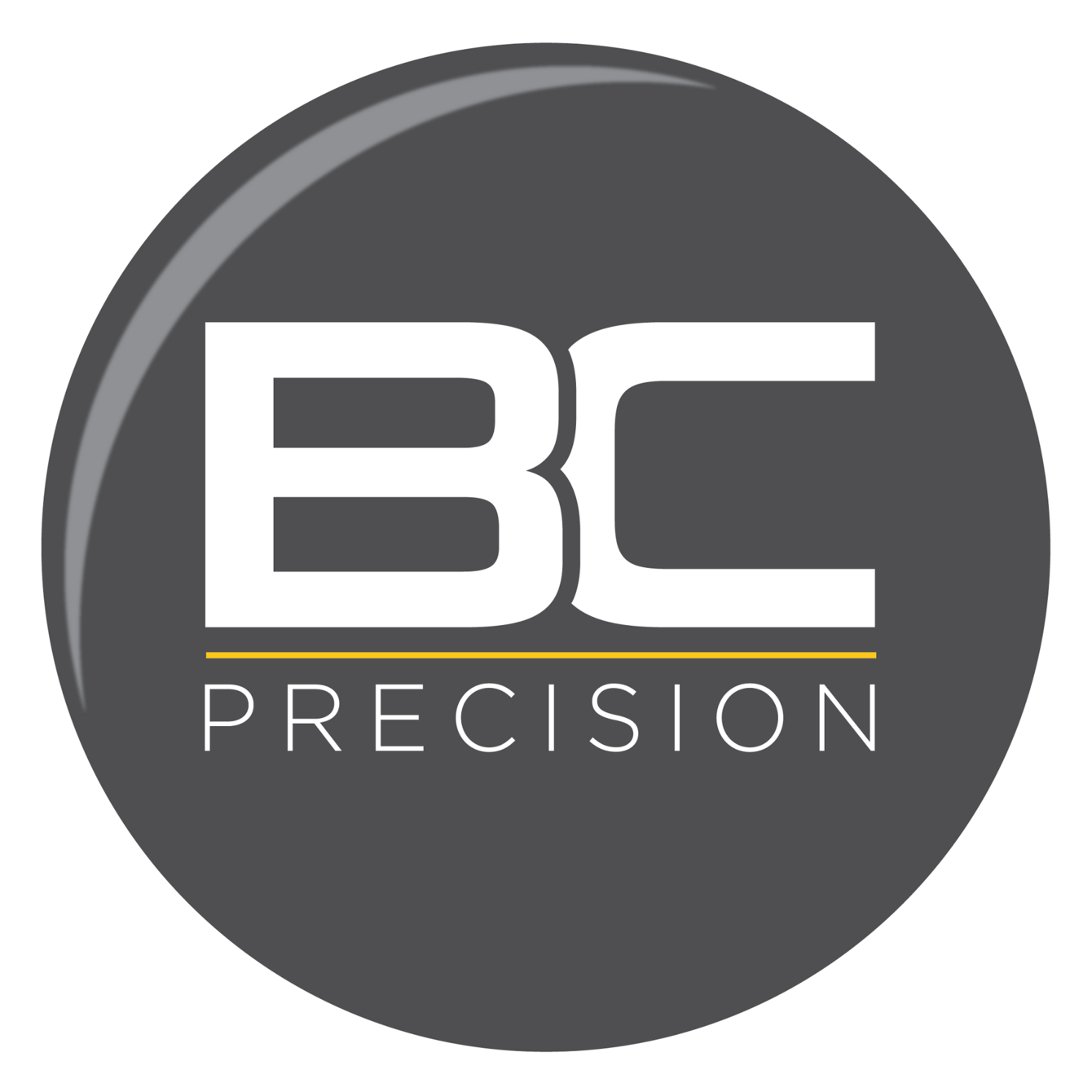News
Advantages And Disadvantages Of Ceramic Bearings
Advantages Ceramic microstructures enjoy covalent bonding inherent between non-metal elements. This means they share electrons. This atomic co-operation yields a very strong attraction force and because of this, ceramics offer a series of benefits in comparison to metals. They normally have a very high hardness (70-90 HRc) and elastic, or Young’s, modulus. This means they are resistant to shape change when loads are applied along with improved wear characteristics. Ceramic bearings can run lubrication free. This is because ceramic materials don’t micro-weld. Micro-welding happens, typically with metals, when the surface imperfections on the rolling element and raceway interact with one...
Chrome Steel Bearing Ball Characteristics
ProfileThe fine-grain martensitic steel used in BC Precision chrome steel balls has high hardness and exceptional surface characteristics. It is an excellent material for chrome steel balls in load-bearing applications, and in applications as diverse as food grinding systems, vibratory finishing, plating baths, linear motion components, and check valves. Other applications that are ideal for chrome balls manufactured by BC Precision include tumbling media, spray can agitation, ball bearings, drawer slides, writing instruments and locking mechanisms. CharacteristicsChrome steel balls demonstrate high hardness, resistance to deformation, and excellent wear characteristics. Chrome balls from BC Precision are manufactured from the highest quality chrome alloy electric...
Why Is Stainless Steel Magnetic?
440 magnet magnetic stainless steel stainless magnet why is stainless magnetic
Stainless steels are iron-based alloys primarily known for their generally excellent corrosion resistance, which is largely due to the steel's chromium concentration. There are several different types of stainless steels. The two main types are austenitic and ferritic, each of which exhibits a different atomic arrangement. Due to this difference, ferritic stainless steels are generally magnetic while austenitic stainless steels usually are not. A ferritic stainless steel owes its magnetism to two factors: its high concentration of iron and its fundamental structure. The metallic atoms in an austenitic stainless steel are arranged on a face-centered cubic (fcc) lattice. The unit...
AISI 52100 Chrome Steel Properties
52100 Steel AISI52100 Chrome Steel
Low alloy martensitic chrome steel, AISI 52100 thanks to its high hardness, wear resistance, surface finishing and dimensional precision, it is widely used to manufacture mechanical components. Chromium (Cr) has a tendency to increase hardness penetration. Chromium can also increase the toughness and wear resistance of steel. Probably one of the most well known effects of chromium on steel is the tendency to resist staining and corrosion. Steels with 12% or more chromium are referred to as stainless steels. Property Results Chemistry Data : Carbon 0.98 - 1.1 Chromium 1.3 - 1.6 Iron Balance Manganese 0.25 - 0.45 Phosphorus 0.025 max Silicon...
